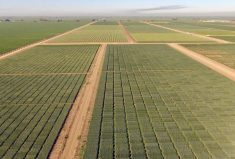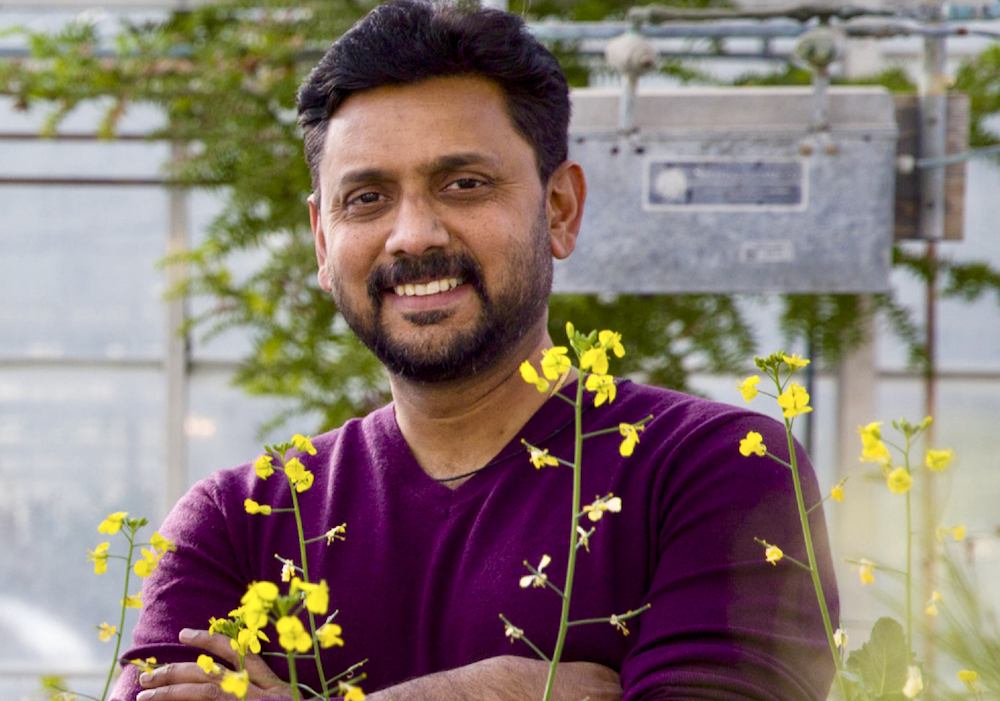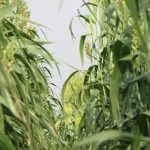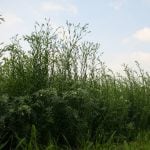Researchers at Alberta Agriculture and Rural Development are trying to get at the root of what’s causing quality problems in two popular hard red wheat varieties.
“We cannot lose our reputation as a high-quality supplier,” said Sheri Strydhorst, agronomy research scientist with Alberta Agriculture and Rural Development.
“For us to compete as just a volume producer of grain, we’re going to have a tough time of that economically.”
In recent years, customers in China and Britain have complained about inconsistent wheat quality, saying it produces weakened bread dough. But the reasons for the quality drop aren’t known.
Read Also
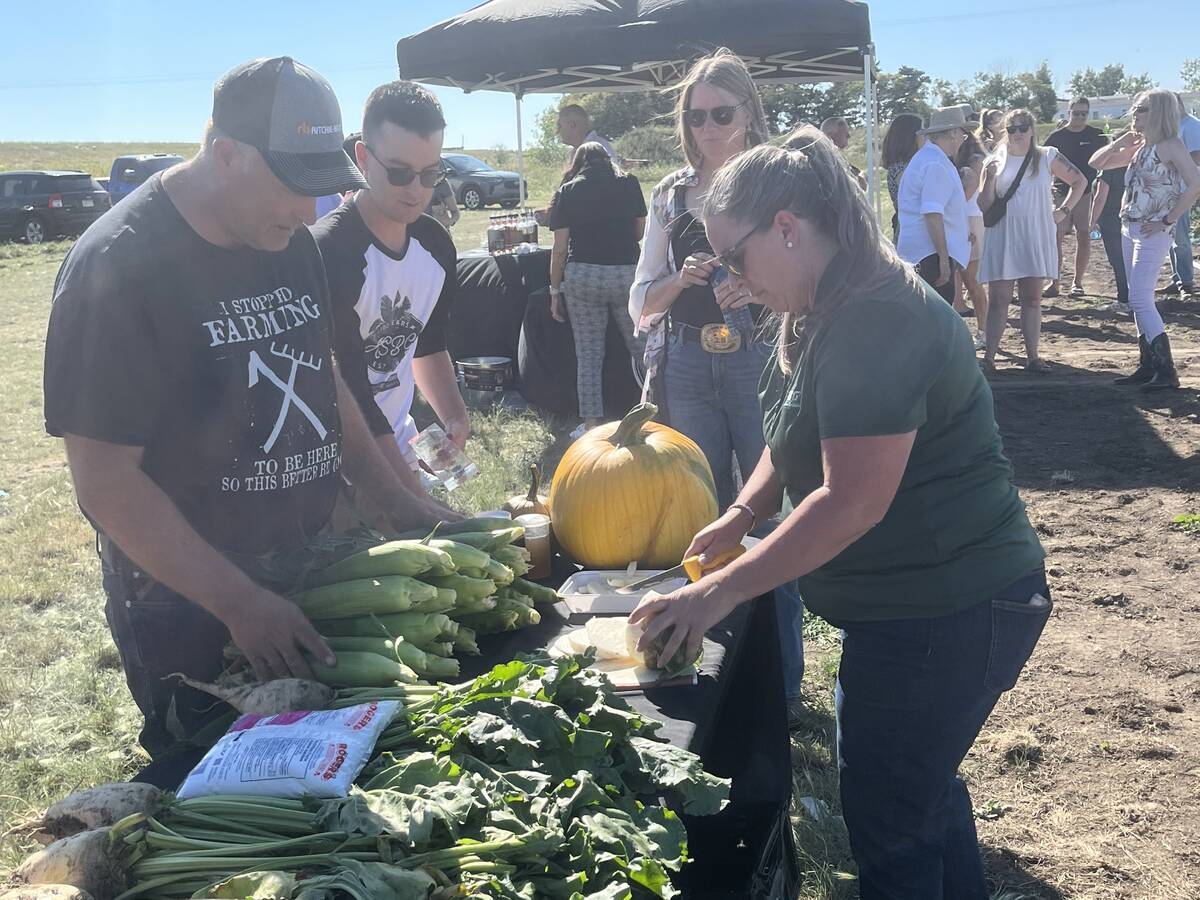
Alberta farm lives up to corn capital reputation
A Farm to Table Tour featured Molnar Farms, which grows a large variety of market fruits and vegetables including corn, with Taber being known as the Corn Capital of Canada.
“It could be genetics or environment. We don’t know yet,” said Bill Chapman, an agronomist with Alberta Agriculture and Rural Development.
“The proteins in particular varieties are different than some of the other ones. Is it the protein that’s causing the problems?”
“There’s a lot of unanswered questions,” added Strydhorst.
To answer some of those questions, she will grow wheat as part of a research project on advanced agronomic practices in five different areas of the province. After harvest, the hard red varieties from the research plots will be sent to Cigi, where it will look at how varietal differences impact milling quality — specifically in Alberta’s largest-acre hard red varieties, AC Harvest and AC Stettler.
- From Country Guide: Cigi takes on early-generation testing in support of new wheat varieties
“Is it a genetic problem with these two varieties and their milling quality just isn’t what we used to be providing, or is it moving to some of these advanced agronomic practices?” she said.
“I think this is a really important component of… this project to get to the bottom of what Canada is doing wrong.”
But the time it takes to find these answers is an issue because growers are constantly moving on to new varieties, said Gordon Tuck, a mixed grain grower near Vegreville.
“We’re all looking at what’s our next big wheat variety,” he said. “Harvest has been good, but all of a sudden, we have an issue. It could take three years before we get the actual quality tests on some of this stuff.”
Strydhorst calls this research a “start” that could help producers tailor their management practices to the variety they’re growing. Tuck said he thinks that may be necessary to get the quality he’s after.
“Everything we talk about is pushing yield. If we have to back off to get quality to a standard 50 bushels, maybe that’s where we have to be,” he said.
“That’s maybe where, for some varieties, you have to push yield and volume production, and then we maybe have to have some of those varieties that are grown with a quality intention and you’re managing the two very differently,” said Strydhorst.
But part of the challenge, said Chapman, is that less than 20 per cent of seed planted every year is certified.
“We grow a lot of brown-bag seed, but we really don’t know if we’re buying what we say we’re buying because we’re buying it from the neighbours,” he said.
“The seed industry is taking a beating because you guys keep growing the same stuff year after year. Do you really know what you’re growing?”




